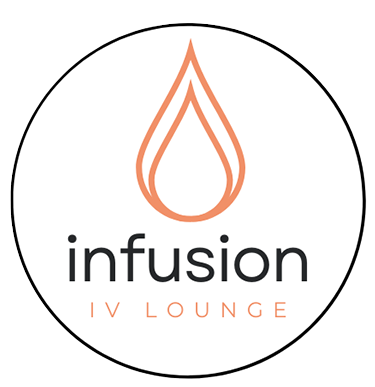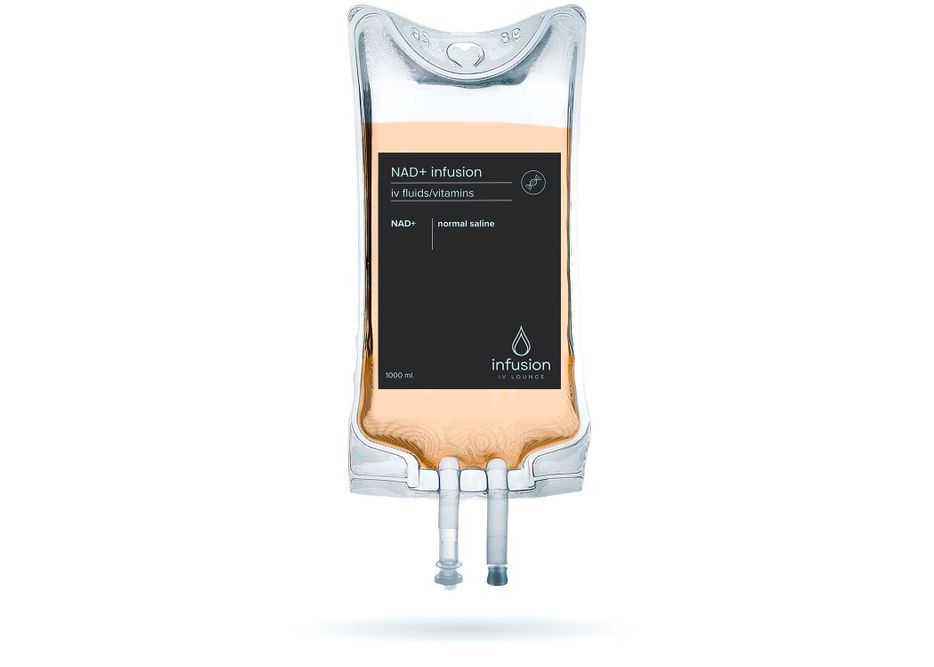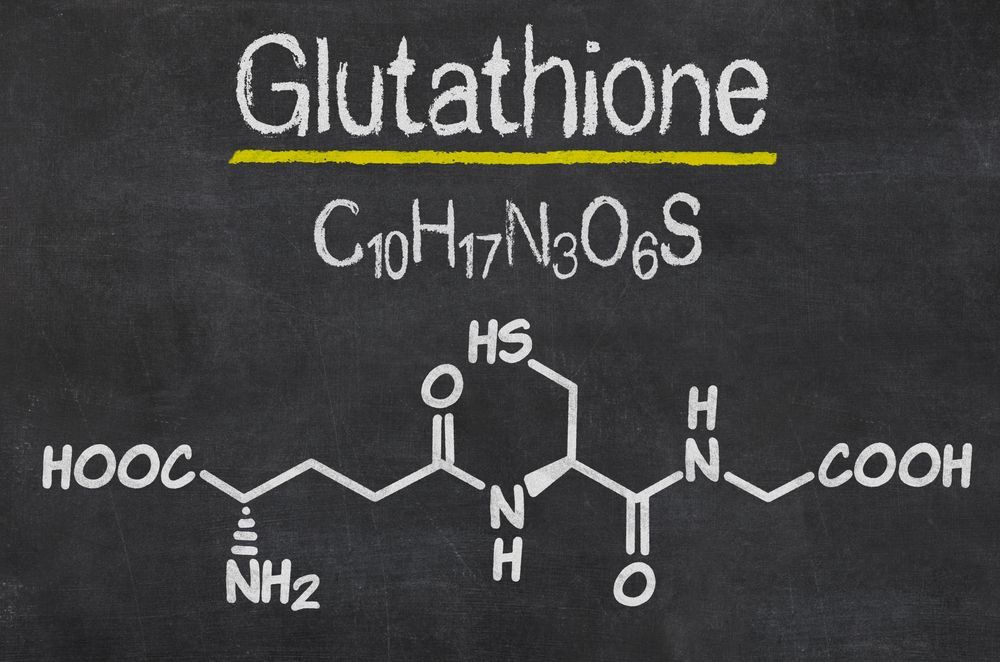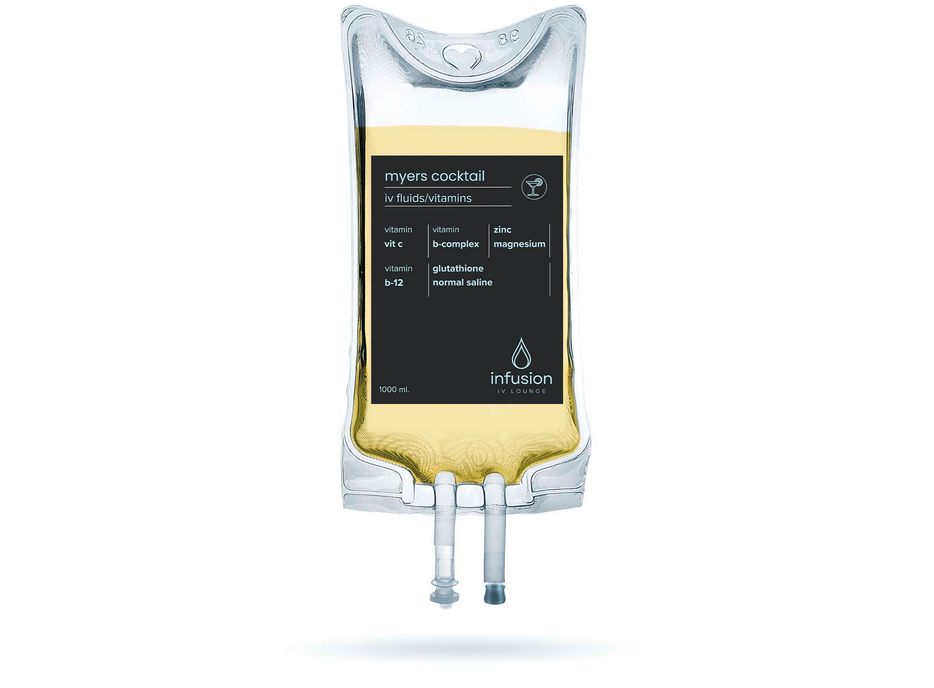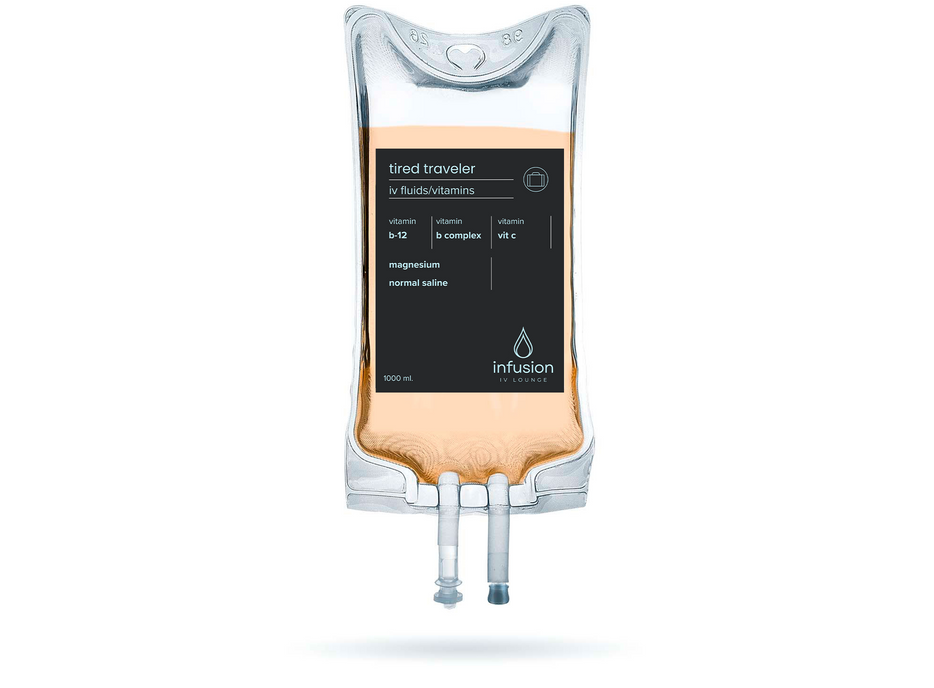What Is IV Therapy? A Comprehensive Guide to Health Benefits and Uses

Intravenous (IV) therapy is a medical treatment currently gaining popularity for its ability to deliver essential nutrients and fluids directly into the bloodstream. This method allows for rapid absorption, enhanced hydration, and immediate health benefits. Today, we explore the intricacies of IV therapy, its different types, health benefits, potential risks, and the therapy process.
Understanding IV Therapy
The Basics of IV Therapy
IV therapy involves the administration of fluids, medications, or nutrients through a sterile catheter inserted into a vein. Unlike oral intake, which can often lead to delayed effects due to digestion, IV therapy provides quick access to the circulatory system, ensuring that the body receives vital substances almost instantaneously.
The procedure is commonly performed in clinics, hospitals, or wellness centers by trained medical professionals. It is essential to maintain sterility throughout the process to minimize the risk of complications. Additionally, patients may find the environment of these facilities to be calming and supportive, with staff trained not only in technical skills but also in providing emotional reassurance during the procedure. This holistic approach can significantly enhance the patient's overall experience and comfort.
How IV Therapy Works
When a healthcare provider administers IV therapy, they use a needle to access a vein, usually located in the arm. The IV line is then connected to a bag containing the desired fluids or nutrients. This fluid flows continuously or intermittently, depending on the type of therapy being administered.
The bloodstream allows for quick distribution throughout the body, leading to rapid replenishment of nutrients, rehydration, or delivery of medications. This efficiency makes IV therapy a preferred choice for patients needing immediate relief or support. Moreover, the versatility of IV therapy means it can be tailored to meet the specific needs of each patient. For example, athletes may use IV therapy for rapid rehydration and recovery after intense physical activity, while patients undergoing chemotherapy might receive hydration and anti-nausea medications to help alleviate side effects. This adaptability underscores the growing popularity of IV therapy across various medical and wellness contexts.
The Different Types of IV Therapy
Hydration IV Therapy
Hydration IV therapy is one of the most common forms of IV treatment. It focuses on delivering fluids directly to address dehydration—a condition that can result from illness, heat exposure, strenuous exercise, or insufficient fluid intake.
This therapy typically involves an electrolyte-balanced solution that replenishes lost fluids, enhances energy levels, and improves overall well-being. Athletes often use hydration therapy for faster recovery post-exercise.
Vitamin Infusion IV Therapy
Vitamin infusion therapy aims to deliver high doses of vitamins and minerals through IV administration. Commonly infused vitamins include Vitamin C, B-complex vitamins, and magnesium. This therapy is particularly beneficial for individuals with nutritional deficiencies or those seeking enhanced wellness.
The absorption efficiency of vitamins via IV therapy means that patients can experience benefits such as improved energy levels, better immune function, and enhanced skin health almost immediately.
Chelation IV Therapy
Chelation therapy utilizes intravenous administration of specific agents to detoxify the body from heavy metals and other harmful substances. It is particularly useful for individuals who have been exposed to toxic metals like lead, mercury, or arsenic.
The agents used in chelation therapy bind to heavy metals, allowing the body to excrete them naturally. This therapy can help reduce oxidative stress and may improve cardiovascular health.
Health Benefits of IV Therapy
Boosting Immune System
One of the significant benefits of IV therapy is its ability to boost the immune system. Nutrients, especially Vitamin C, delivered through IV can enhance white blood cell function, helping the body fight off infections more effectively.
A stronger immune system can lead to reduced incidence of illness and quicker recovery times, making IV therapy an attractive option for those looking to maintain their health during cold and flu season.
Enhancing Energy Levels
Many patients report increased energy levels following IV therapy sessions. The direct delivery of fluids and nutrients can help combat fatigue, particularly for individuals suffering from chronic fatigue syndrome or simply feeling run down.
Moreover, hydration and vitamin infusions can lead to improved overall vitality, ensuring that the body operates at optimal levels.
Detoxification Benefits
IV therapy offers detoxification through the infusion of specific nutrients that help cleanse the body. It can expedite the elimination of toxins and byproducts resulting from metabolic processes.
Regular detoxification through IV therapy can lead to enhanced liver function and improved overall health. Many wellness advocates recommend periodic sessions to maintain the body's natural detoxification capabilities.
Potential Risks and Side Effects of IV Therapy
Common Side Effects
While IV therapy is generally safe, some patients may experience side effects. Common side effects include discomfort at the injection site, minor bleeding, or bruising. Some individuals may have mild allergic reactions to specific ingredients used in the infusion.
It is essential to discuss any known allergies or pre-existing medical conditions with healthcare providers before undergoing IV therapy.
Serious Complications
Although rare, serious complications from IV therapy can occur. These may include infection at the injection site, phlebitis (inflammation of the vein), or an air embolism, which can happen if air enters the bloodstream. Proper technique and adherence to hygiene protocols significantly minimize these risks.
Patients should be informed about these potential risks and advised to seek immediate medical care if they notice unusual symptoms following the procedure.
The Process of IV Therapy
Initial Consultation
The journey to IV therapy begins with an initial consultation, where a healthcare provider assesses the patient's medical history, discusses potential benefits, and determines the most appropriate type of IV treatment needed.
During this consultation, individuals can express their goals—be it hydration, vitamin boost, or detoxification—and ask any questions or voice concerns they may have.
During the Therapy
On the day of the therapy, patients are guided to a comfortable chair where they can relax. The healthcare provider will clean the injection site, insert the IV needle, and start the fluid infusion. The process typically takes anywhere from 30 minutes to a couple of hours, depending on the type of therapy and the volume of fluid being administered.
Patients are encouraged to drink water and stay relaxed during the infusion to maximize the benefits.
Post-Therapy Care
After the therapy, patients generally receive aftercare instructions. While the majority feel revitalized and energetic, it is crucial to hydrate adequately and monitor for any potential side effects. Providers may schedule follow-up appointments to assess progress and make any necessary adjustments to future therapies.
By staying informed and engaging with healthcare professionals throughout the process, patients can enjoy a safe and beneficial experience with IV therapy.
P: 720-808-0622
663 E 19th Ave Denver
CO 80203
All Rights Reserved | Infusion IV Lounge
Powered by OMG Marketing
